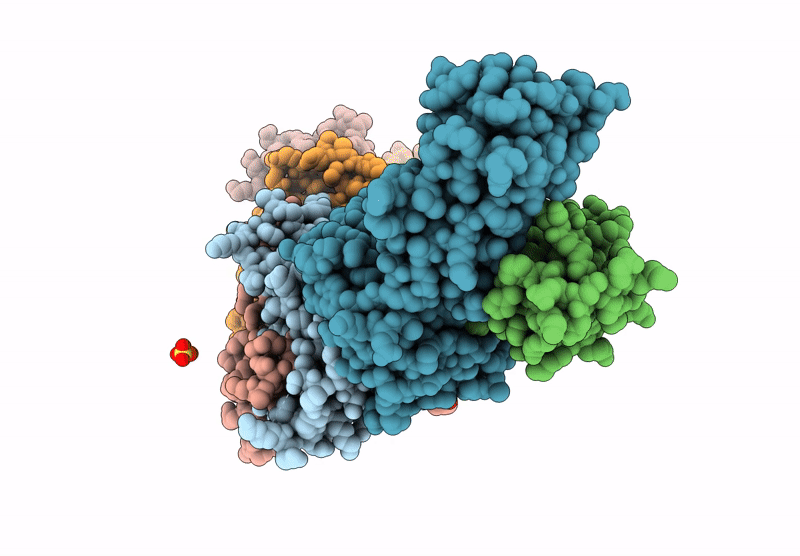
Deposition Date
2024-09-10
Release Date
2024-11-20
Last Version Date
2025-10-29
Entry Detail
PDB ID:
9DL1
Keywords:
Title:
Crystal Structure of HLA-A*02:01/NY-ESO-1 (SLLMWITQV) and a target specific TRACeR-I
Biological Source:
Source Organism:
Homo sapiens (Taxon ID: 9606)
Host Organism:
Method Details:
Experimental Method:
Resolution:
2.30 Å
R-Value Free:
0.26
R-Value Work:
0.19
R-Value Observed:
0.19
Space Group:
P 21 21 21


